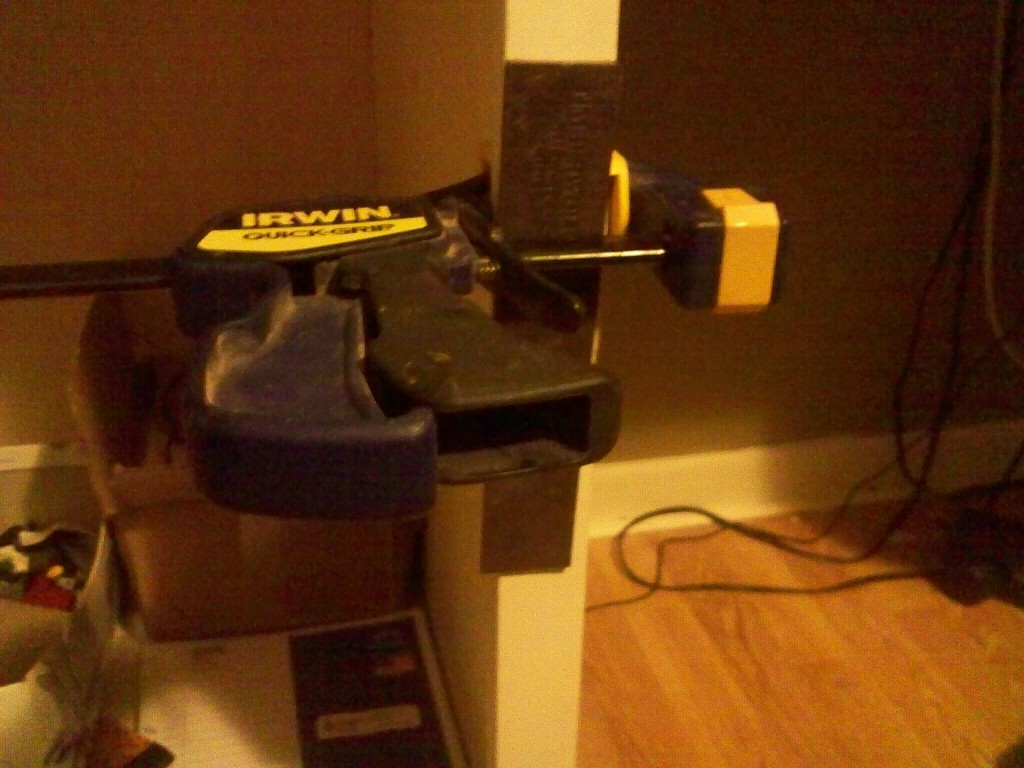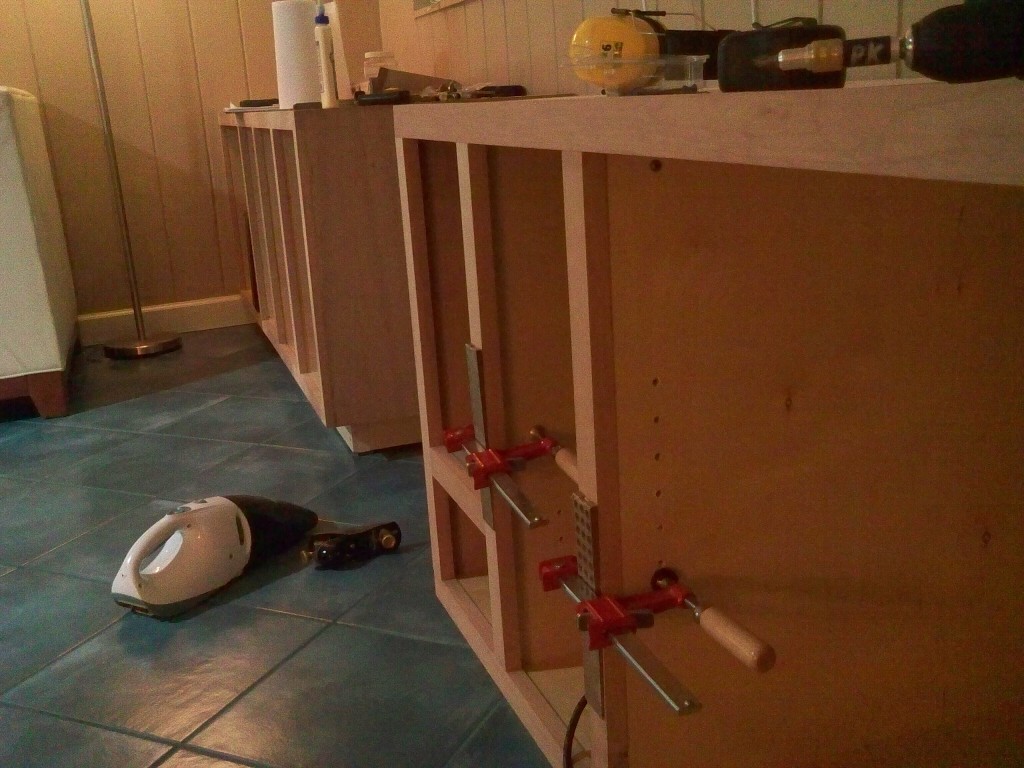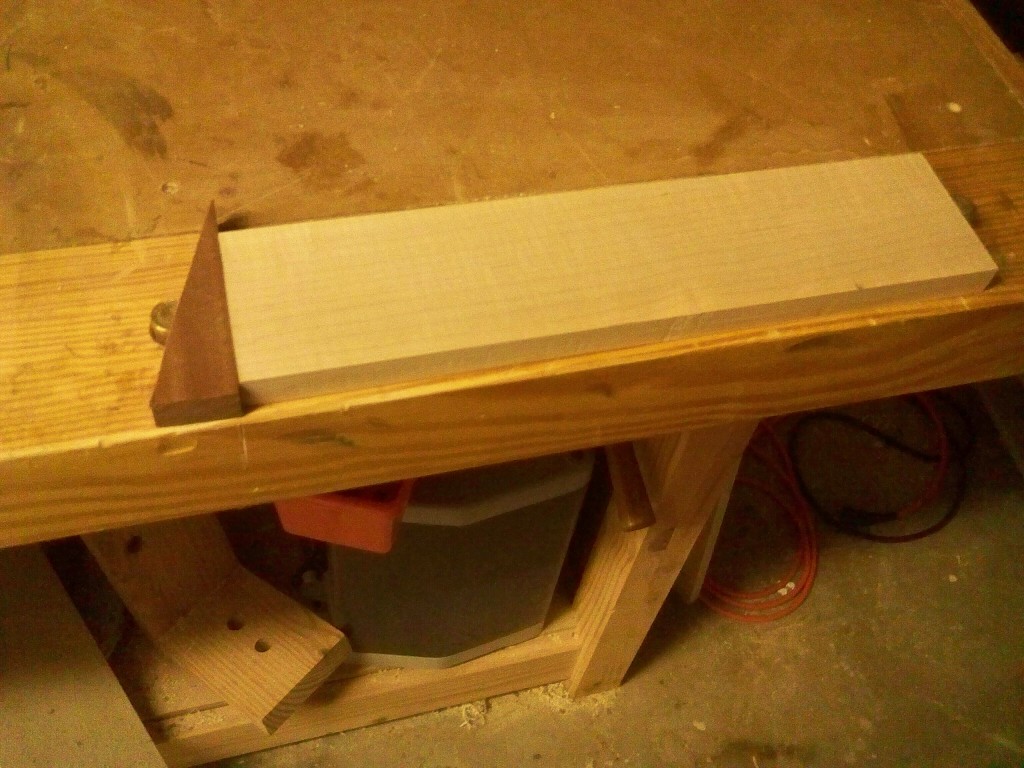If you ever grew up with siblings, mischievous friends or spent the night at a sleepover camp, you probably know what a wedgie is.
Yeah, it’s a prank that grade school kids often pull on each other which leads to humiliation or even – if done with enough force – discomfort or pain. I’ve had it done to me – a danger of wearing loose-waisted jeans without a belt in grade school. I’ve also given my fair share of ’em – mostly in retaliation. Ya know…
Thankfully, I have grown beyond that phase in my life now. Although the urge to give a wedgie to the guy who cut me off in traffic does pass my mind… but I don’t act on the impulse…
Instead, I am here today to propose that a wedgie is a good thing, Something that woodworkers should come to embrace to make your work more efficient. Something that can save you money while solving a number of problems.
Oh, I mean a wedge! Yes, that simple triangular mechanical device that has been in use for the past 9,000 years or so. By tapping a wedge into place, you can solve a number of difficult woodworking conundrums for a small investment.
One of the best uses I have recently put wedges to are as a clamping tool. As you can see, it’s a simple arrangement. Any bar type clamp can be clamped in place on the cabinet body, and a wedge – this case, a commercially available shim – is driven in under the bar to put pressure on the piece until the glue dries.
On the cabinet project that Paul and I are building, we wanted our face frame to be unified… you know – one solid top and bottom rail with individual stiles covering where the cabinet boxes meet. I think that arrangement looks better. We were able to join the pieces with pocket screws, and we were able to use pocket screws to attach the top and bottom rails to the cases. But, those stiles needed to be snugged down until the glue locked everything into place. Most importantly, Paul and his wife didn’t want to have to see filled brad holes when they looked at the piece. We employed this strategy… and it came out pretty darned nice.
This is a great little trick, but it’s not all that the wonderful wedge can do. Many woodworkers fail to realize one of the best uses for a wedge at the workbench.
While working on a workbench, the most critical thing to remember is that the work needs to be secured for you to do what you need to on it. A vise becomes an important piece of equipment, but, with the economy the way it is and the price of premium bench vises, not everyone can afford to put one in their shop. Other issues, such as the set height of a vise’s jaws can also make planing a tough task. You don’t want to whack your plane iron against a metal stop, unless, of course, you would rather sharpen than woodwork.
But, with a bench dog or two and a wedge, you can easily secure a piece of wood at your bench. Just set up the dogs and use a larger wedge – cut from a piece of your scrap pile – to lock the board in place. A tap or two on the wedge secures the piece, another tap can loosen the board so you can move it. You can also make the wedge any thickness you want. So, if you need to hand plane a 3/8″ thick board, you can easily cut a wedge out of 1/4″ thick material. Should your plane’s iron hit the wedge, it’s no big deal. Remember it is made out of wood.
It’s surprising how often we overlook the basics. However, if you want to give your woodworking headaches a wedgie, going with wedges isn’t a bad idea.





Nice
Another good tip from Tom’s Workbench.
That’s why I keep coming back pal.
And leave poor Iggy alone.
He’s had a tough summer with keeping things going after you cut yourself, and fixing your mistakes and giving you the credit and so on.
Thanks Tom.
The job of a Trained Shop Monkey is never done…